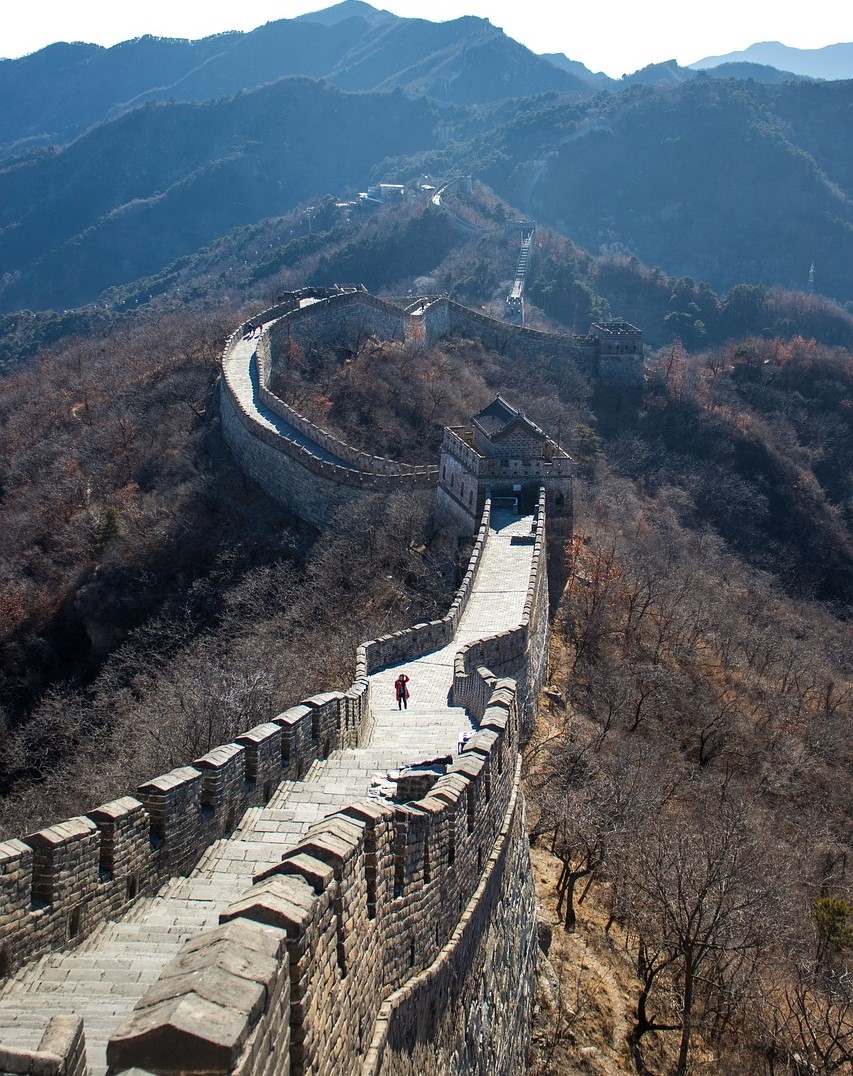Stonehenge, the iconic prehistoric megalithic structure nestled on Salisbury Plain in Wiltshire, England, is a timeless enigma that continues to capture the imagination of people around the world. This ancient monument, situated just two miles west of Amesbury, stands as a testament to the ingenuity and craftsmanship of our ancestors.
A Monument of Stone and Mystery
At the heart of Stonehenge lies an outer ring of imposing vertical sarsen standing stones, each towering approximately 13 feet high, 7 feet wide, and weighing a staggering 25 tons. These mighty stones, topped by connecting horizontal lintel stones, create an awe-inspiring spectacle against the backdrop of the English countryside. Within this outer ring, a circle of smaller bluestones adds to the mystique of the site, while free-standing trilithons, composed of bulkier sarsen stones and lintels, form an inner sanctum.
A Timeline of Construction
Archaeologists believe that Stonehenge was constructed in several phases spanning from around 3100 BC to 1600 BC. The earliest phase, dating back to about 3100 BC, saw the creation of a circular earth bank and ditch, marking the perimeter of the monument. The circle of large sarsen stones, for which Stonehenge is renowned, was erected between 2600 BC and 2400 BC. Radiocarbon dating suggests that the bluestones were positioned between 2400 and 2200 BC, though they may have been present as early as 3000 BC.
Cultural Significance and Preservation
Stonehenge holds immense cultural significance as one of the most famous landmarks in the United Kingdom. Recognized as a British cultural icon, it has been a legally protected scheduled monument since 1882 and was inscribed as a UNESCO World Heritage Site in 1986. Owned by the Crown and managed by English Heritage, Stonehenge is a symbol of national pride and historical legacy.
A Window into the Past
Stonehenge’s origins and purpose have long fascinated scholars and historians. While theories abound regarding its function—ranging from a burial ground to an astronomical observatory—the true purpose of Stonehenge remains a subject of debate and intrigue. Regardless of its original intent, Stonehenge stands as a testament to the ingenuity and craftsmanship of ancient civilizations.
Conclusion
Stonehenge is more than just a collection of stones; it’s a window into our shared past, a tangible link to the ancient world. As visitors gaze upon its weathered stones and ponder its mysteries, they are transported back in time, to an era when humanity’s greatest achievements were carved in stone.




